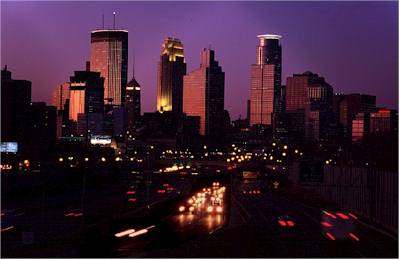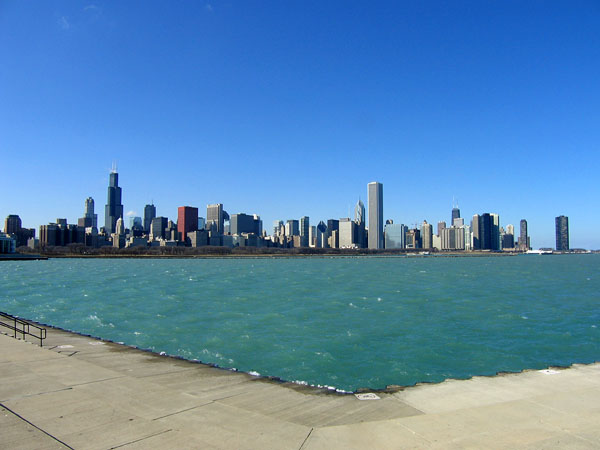New Ideas for Parking

If there is any single factor that works against urbanization in America, it is the automobile. Ever since cars became cheap and widely available in post-war America, automobile-centered development has encouraged suburbanization at the expense of central cities. Automobiles require significant space to move (travel lanes being at least eight feet), accelerate and decelerate (60-0 length being at least 150 feet), park (150 square feet). Automobiles also require refueling infrastructure (gas stations, that is). Not to mention the pollutants, safety hazards, and so on...
But let's back up a second and address a specific problem the cities face in dealing with cars: parking!
If a normal parking space requires about 150 square feet, and if a city wants to attract middle class residents into its downtown core, we can guess that there will need to be space for at least one car per two downtown residents. (The 1-car-per-2-people figure is a commonsense number that I believe is realistic for middle class residents). Ok, that means that the space requirements of every downtown resident just increased by 75 square feet. If an ordinary city-dweller needs at least 600 square feet to live, the need for parking increases the square footage demand by twelve percent.
That twelve percent is particularly problematic when you consider the difficulties involved in expanding parking across multiple levels. To the best of my knowledge, there are few parking garages greater than ten stories. The practical limitations involved in driving up and down ten floors are quite real.
All of which gets me to the latest miracle in parking: the automatic parking warehouse! According to the NYTimes, a company has just installed New York City's first. If you've ever seen a robot-controlled palette-based warehouse, this will come as no surprise to you. Basically, you have a giant warehouse with multiple levels on it. On every level, there are rows and rows of pallettes. On each pallette, you can store a car. A central computer controls the moving, insertion, and extraction of pallettes (cars, that is). So you pull up to the car elevator, get out, hand your keys to the attendant, and the system whisks away your vehicle to the subterranean depths.
The great thing about this system is that it reduces the total square footage needs for parking, and it makes it possible to store vehicles on many more levels than a traditional garage. I don't know if parking warehouses are going to save cities, but they do balance out the equation a bit in favor of urbanization...










